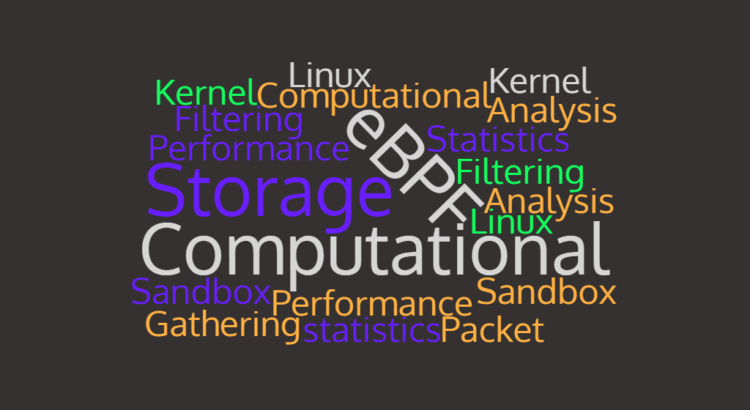
Category: Case Studies

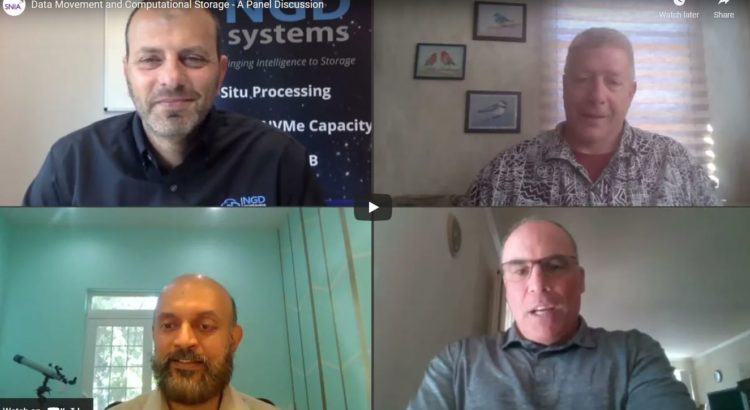
Q&A on Data Movement and Computational Storage

Computational Storage in the Real World
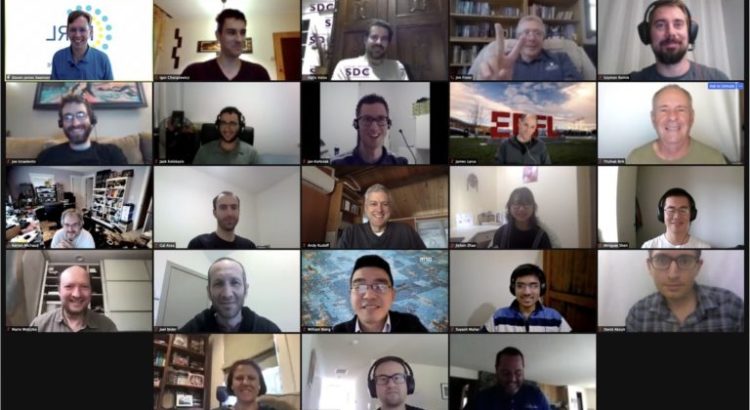
Cutting Edge Persistent Memory Education – Hear from the Experts!

Experts Speak at Flash Memory Summit

Compute Everywhere – Your Questions Answered

Take 10 – Watch a Computational Storage Trilogy
We’re all busy these days, and the thought of scheduling even more content to watch can be overwhelming. Great technical content – especially from the SNIA Educational Library – delivers what you need to know, but often it needs to be consumed in long chunks. Perhaps it’s time to shorten the content so you have more freedom to watch.
With the tremendous interest in computational storage, SNIA is on the forefront of standards development – and education. The SNIA Computational Storage Special Interest Group (CS SIG) has just produced a video trilogy – informative, packed with detail, and consumable in under 10 minutes!
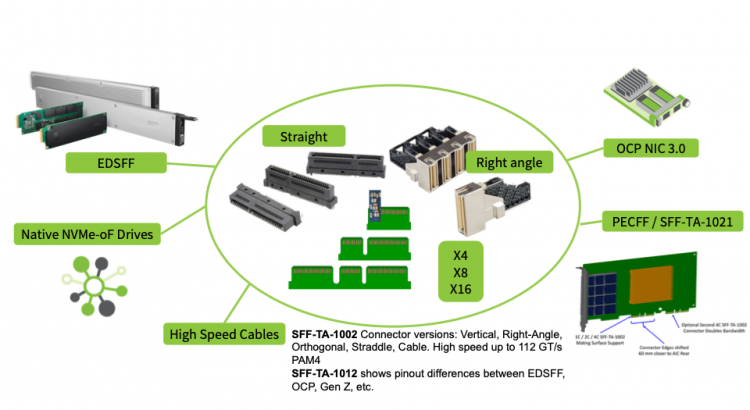
Are We at the End of the 2.5-inch Disk Era?
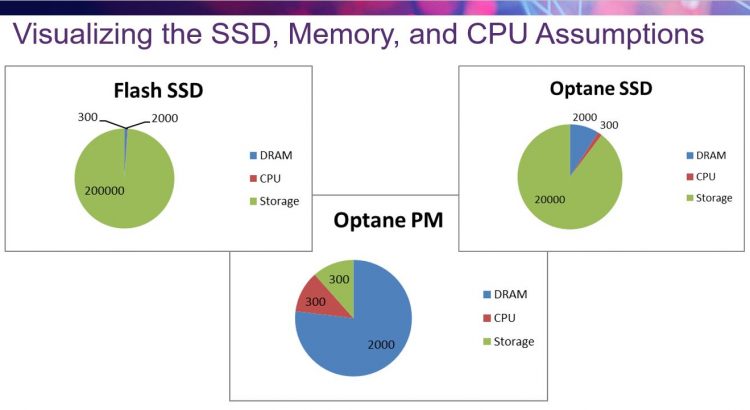
Your Questions Answered on Persistent Memory Programming

Feedback Needed on New Persistent Memory Performance White Paper
A new SNIA Technical Work draft is now available for public review and comment – the SNIA Persistent Memory Performance Test Specification (PTS) White Paper.
A companion to the SNIA NVM Programming Model, the SNIA PM PTS White Paper (PM PTS WP) focuses on describing the relationship between traditional block IO NVMe SSD based storage and the migration to Persistent Memory block and byte addressable storage.
The PM PTS WP reviews the history and need for storage performance benchmarking beginning with Hard Disk Drive corner case stress tests, the increasing gap between CPU/SW/HW Stack performance and storage performance, and the resulting need for faster storage tiers and storage
products.